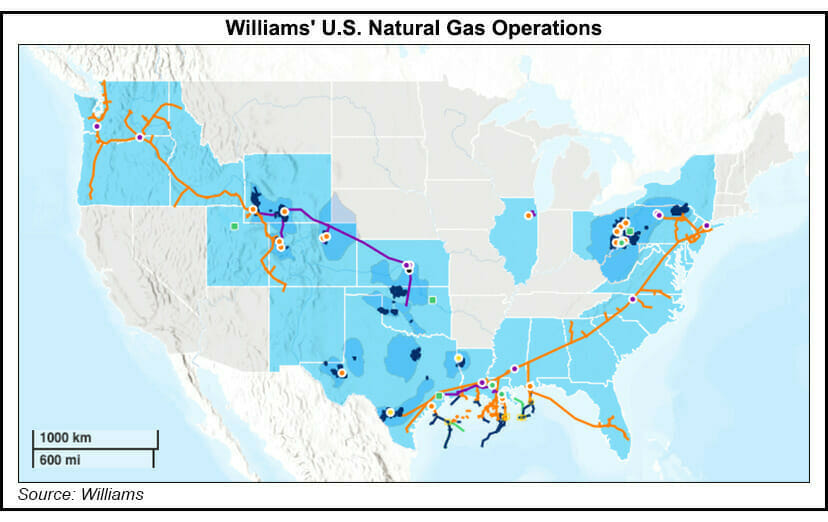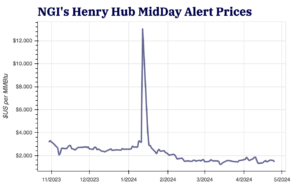Infrastructure | LNG | LNG Insight | NGI All News Access | NGI The Weekly Gas Market Report
Williams Sanctions 1.8 Bcf/d Louisiana Energy Gateway to Deliver Haynesville Supply to Industrial, LNG Markets
© 2024 Natural Gas Intelligence. All rights reserved.
ISSN © 1532-1231 | ISSN © 2577-9877 | ISSN © 1532-1266 |



